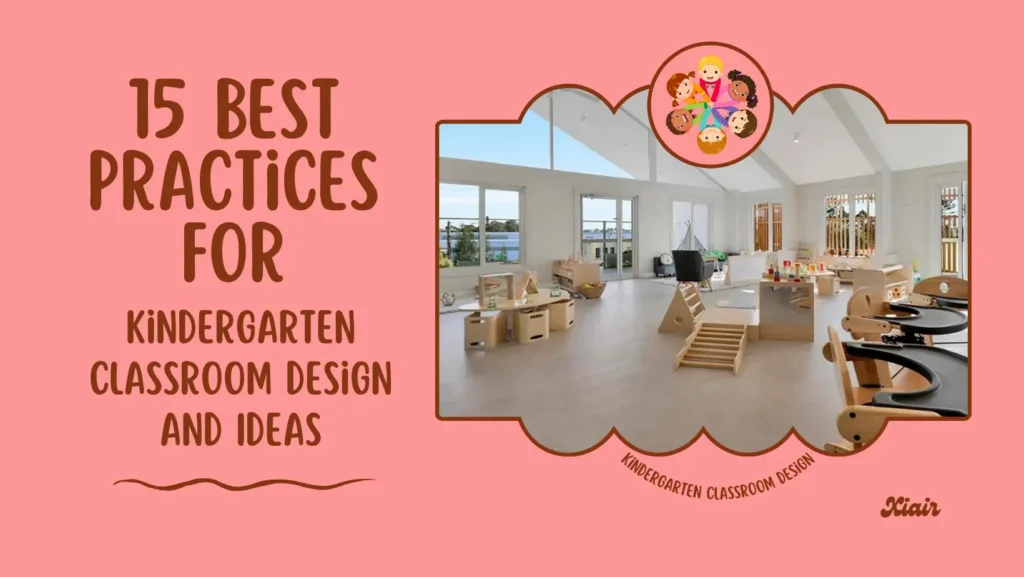Creating the perfect kindergarten classroom can be challenging. Are you struggling to find the best ways to design a classroom that fosters learning and creativity while maintaining functionality? Let’s explore some essential tips and ideas to transform any kindergarten classroom into an engaging and efficient space.
Designing an effective kindergarten classroom involves a combination of creativity, practicality, and understanding young children’s needs. Here are 15 best practices to help you create an ideal learning environment.
Are you intrigued by how simple changes can make a big difference in your classroom setup? Read on to discover more.
Essential Elements of Kindergarten Classroom Design
Ensuring Safety and Accessibility
Creating a safe and accessible kindergarten classroom fosters a secure learning environment where young children can thrive. Safety measures should be at the forefront of classroom design, starting with the physical layout. Clear pathways free of obstructions ensure students can move around quickly and safely, reducing the risk of trips and falls. This is especially important in a kindergarten classroom where children are often on the move.
Anchoring heavy furniture, such as bookshelves and cabinets, to the walls is another essential safety measure. This prevents them from tipping over if a child climbs on them or during an earthquake. Using non-toxic materials for furniture and finishes is critical for safeguarding children’s health. Young children are particularly sensitive to harmful chemicals, so selecting products free from volatile organic compounds (VOCs) and other toxins is necessary.
Accessibility is essential, ensuring that all students, including those with disabilities, can participate fully in classroom activities. This includes having accessible bathrooms and sinks at the children’s height, making it easier for them to develop independence in personal hygiene. Safety equipment, like fire extinguishers and first aid kits, should be easily accessible and regularly maintained. Training teachers and staff on emergency procedures ensures they can respond quickly and effectively.
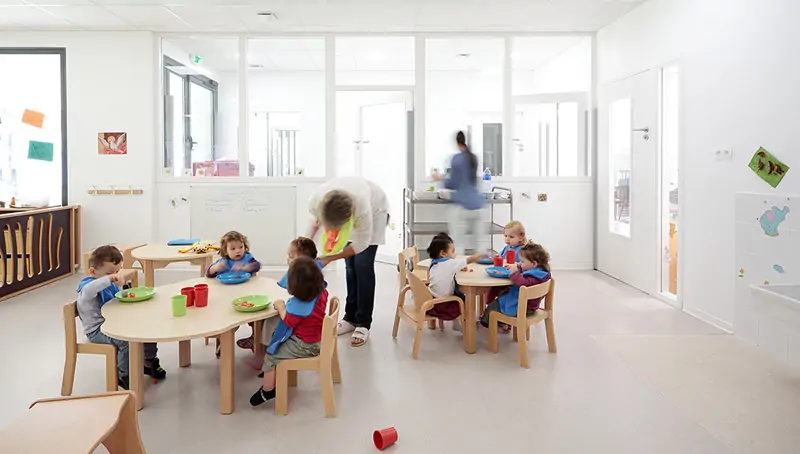
Creating Flexible Learning Spaces
In the dynamic environment of a kindergarten classroom, flexibility is critical to accommodating various teaching methods and learning activities. Flexible learning spaces allow for a seamless transition between different types of learning, from group projects to individual tasks. This adaptability is achieved through movable furniture and multi-purpose areas, which can be easily reconfigured to meet the moment’s needs.
Movable furniture, such as lightweight tables and chairs, allows teachers to rearrange the classroom layout to support different activities quickly. For instance, tables can be grouped for collaborative projects or separated for individual work. Multi-purpose areas can serve as reading corners, art stations, or science experiment zones, depending on the lesson plan for the day.
Such flexibility encourages teachers to adopt diverse teaching methods, catering to different learning styles and needs. For example, a teacher might start the day with a circle time activity that fosters social interaction and then transition to hands-on learning at various stations around the room. This approach keeps children engaged and allows them to explore different ways of learning.
Incorporating flexible seating options, like bean bags, floor cushions, and standing desks, allows children to choose where and how they learn best. This autonomy can enhance their focus and comfort, providing a more effective learning experience. Additionally, having designated areas for quiet reading, creative play, and active exploration helps manage classroom noise and activity levels, creating a balanced environment conducive to learning.
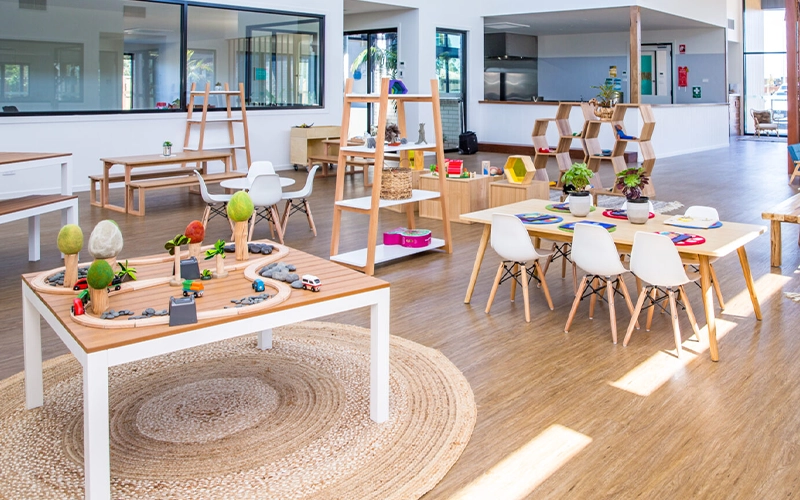
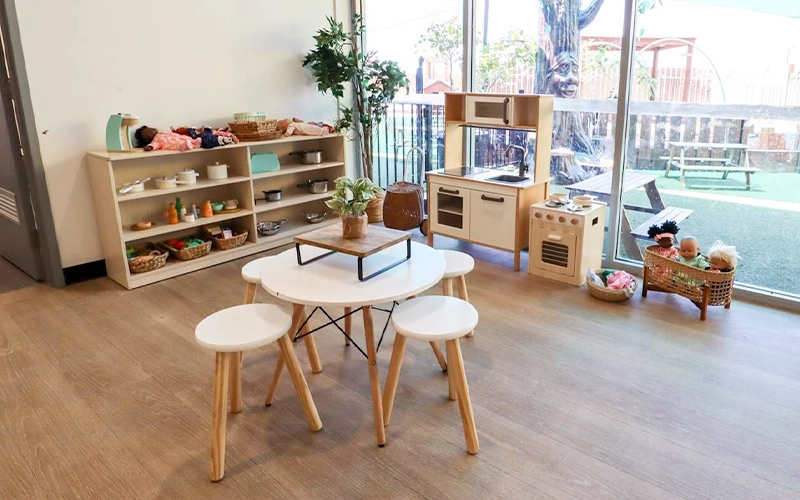
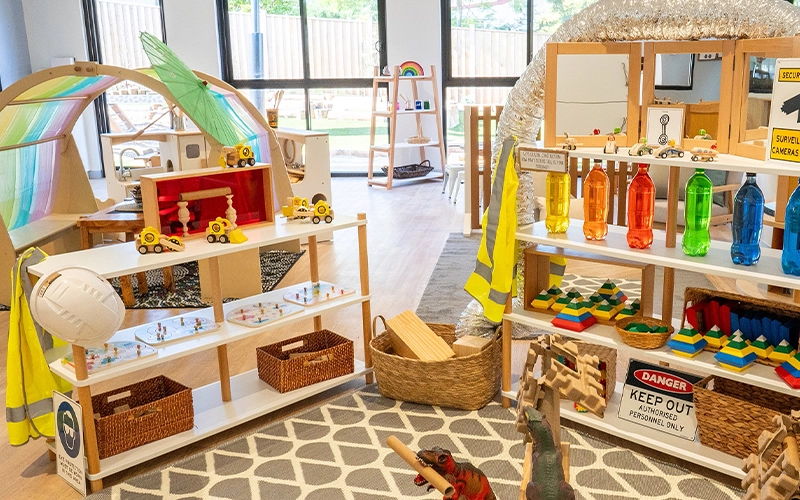
Choosing Age-Appropriate Furniture
Selecting age-appropriate furniture is fundamental in designing an effective kindergarten classroom. Furniture the right size for young children promotes proper posture, comfort, and ease of use, essential for maintaining focus and engagement during learning activities.
Chairs and tables should be comfortable for kindergarten students, allowing their feet to rest flat on the floor and their arms to reach the tabletop easily. This promotes good posture and reduces strain on their developing bodies. Adjustable furniture can be particularly useful, as it can be modified to fit the varying heights of children in the classroom.
Durability and safety are also critical considerations when choosing classroom furniture. Furniture should be built to withstand the wear and tear of daily use by energetic young learners. This includes selecting materials that are easy to clean and maintain and ensuring that all furniture has rounded edges to prevent injuries. Stable construction is vital to prevent tipping, especially for items like bookshelves and storage units.
Beyond the basics of tables and chairs, incorporating a variety of seating options can enhance the learning environment. Soft seating areas, like bean bags or floor cushions, provide comfortable spots for reading and quiet activities. Standing desks and floor tables offer alternative workspaces that accommodate different learning preferences and activities.
Additionally, having child-sized storage solutions, such as cubbies and low shelves, encourages independence as children can easily access and put away their materials. This helps keep the classroom organized and teaches children responsibility and self-management skills. Labels and pictures on storage bins can further assist young children in identifying where items belong, fostering a sense of order and routine.
Investing in age-appropriate, durable, and safe furniture tailored to the needs of children is essential for creating a kindergarten classroom that supports active, comfortable, and engaged learning. By carefully considering the physical design of the furniture and how it fits into the broader classroom environment, educators can create a space that nurtures and inspires children.
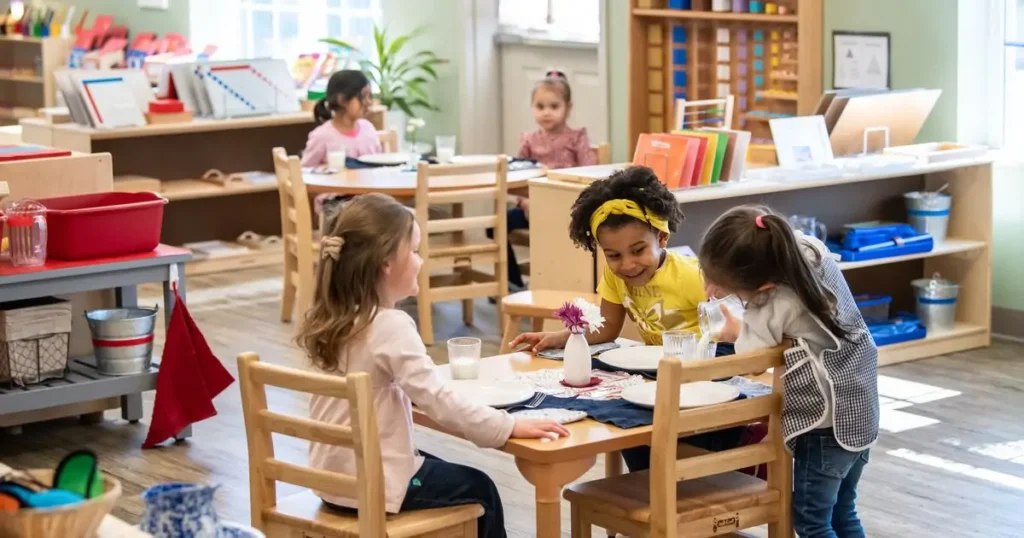
Creating a Stimulating Environment in the Kindergarten Classroom
Use of Color and Light
Color and light play a significant role in creating an inviting and stimulating kindergarten classroom environment. Bright, cheerful colors can enhance mood and engagement, while natural light has been shown to improve focus and overall well-being. In a well-designed kindergarten classroom, strategic use of color can also aid in organization, with different colors designating different areas or activities. For example, you can use blue for reading corners, green for art areas, and yellow for play zones. This makes the classroom visually appealing and helps children navigate the space more effectively.
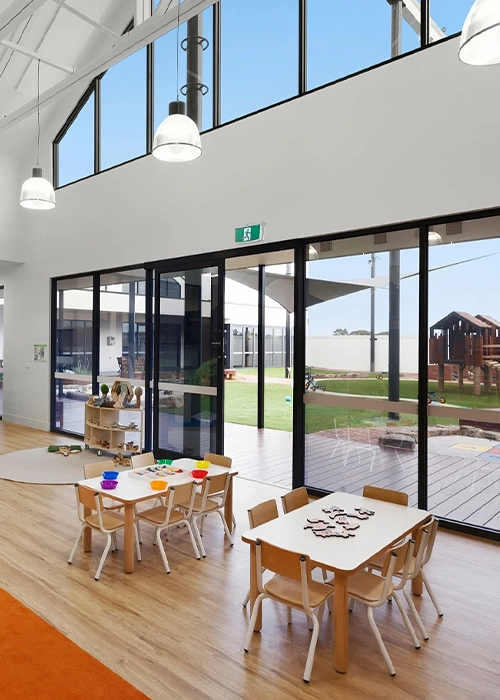
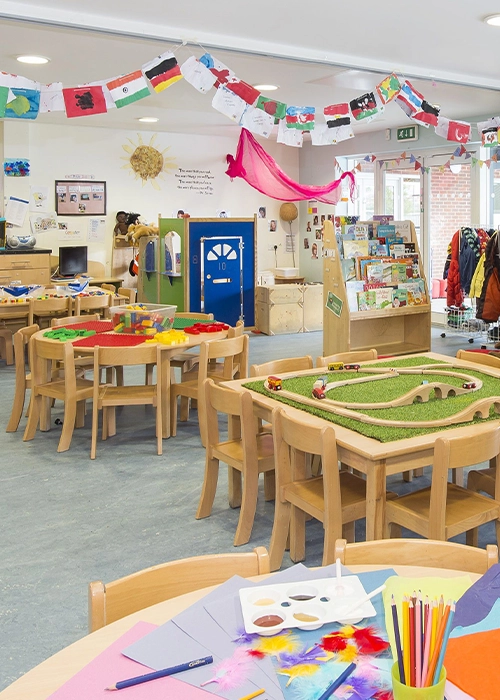
Interactive and Hands-On Learning Areas
Kindergarten students learn best through play and exploration. Incorporating interactive and hands-on learning areas in the kindergarten classroom can stimulate creativity and critical thinking. Sensory tables, building blocks, and art stations are excellent additions that encourage experimentation and discovery. These areas should be easily accessible and stocked with materials that inspire curiosity and hands-on learning. Providing diverse and engaging resources fosters an environment where children are eager to explore and learn.
Displaying Student Work
Displaying students’ work prominently around the kindergarten classroom boosts their self-esteem and creates a sense of ownership and pride in their learning environment. Bulletin boards, wall displays, and hanging projects from the ceiling can showcase children’s efforts and achievements, fostering a community atmosphere. This practice encourages children to take pride in their work and promotes a sense of accomplishment. Additionally, it allows parents and visitors to see the creative and educational activities happening in the classroom, reinforcing the value of the students’ efforts.
Creating a stimulating environment in the kindergarten classroom is essential for nurturing young minds. By carefully considering the use of color and light, incorporating interactive and hands-on learning areas, and proudly displaying student work, you can create a vibrant and engaging space that supports children’s development and love of learning.
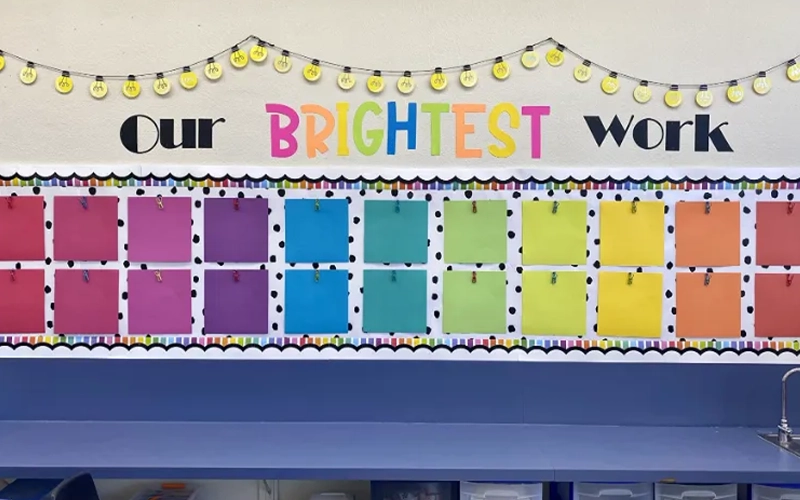
Top Organizational Strategies for Kindergarten Classrooms
Effective Storage Solutions
Clutter can distract and overwhelm children, impacting their ability to focus and learn. Implementing effective storage solutions in the kindergarten classroom is essential to maintaining an organized and tidy environment. Utilize cubbies, bins, and shelves to store various materials and supplies. By clearly labeling storage units, you can teach children responsibility and independence as they learn to put away their materials afterward. Transparent bins can also be helpful, allowing children to see and access the contents, promoting self-sufficiency efficiently.
In addition to traditional storage, consider multifunctional furniture that offers hidden storage compartments. These can store seasonal items, extra supplies, or teacher resources, keeping the kindergarten classroom clutter-free and well-organized. Regularly rotating materials based on the curriculum can also keep the classroom fresh and engaging for students.
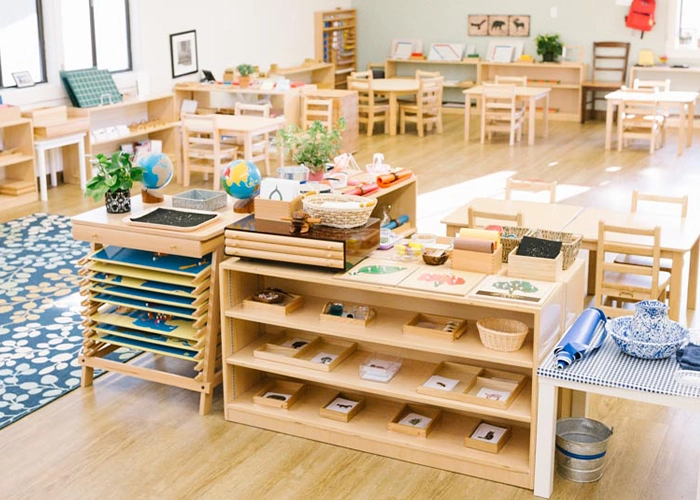
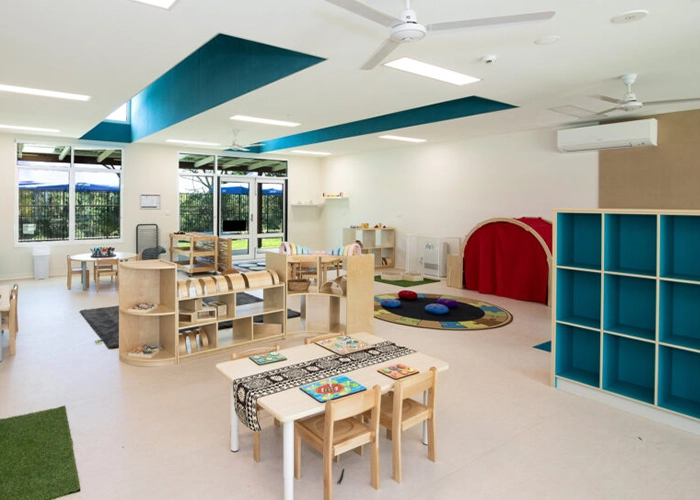
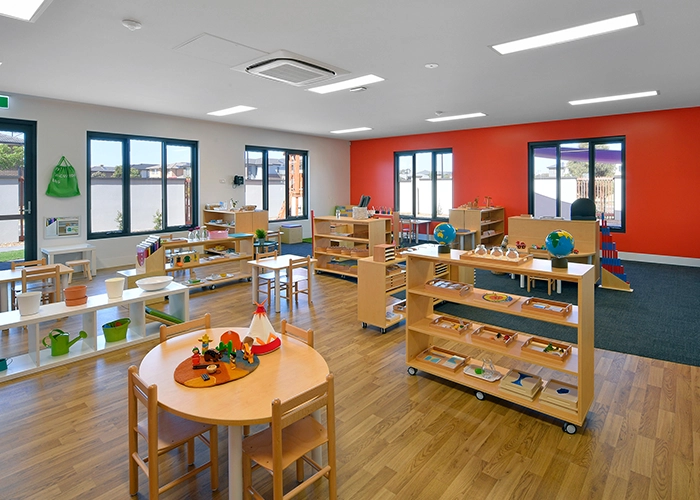
Creating Distinct Activity Zones
Designing distinct zones for various activities can significantly enhance learning and minimize distractions in the kindergarten classroom. Creating specific areas for reading, art, science, and play allows children to focus on specific tasks without interference. For example, a cozy reading nook with soft furnishings and a bookshelf can provide a quiet space for individual reading. An art zone with easels, paint, and craft supplies encourages creativity, while a science zone with experiment stations and discovery tables promotes curiosity and hands-on learning.
Clearly defined zones help children understand the purpose of each area, encouraging them to engage in various activities throughout the day. Additionally, visual cues such as rugs, furniture arrangements, and color coding can further delineate these zones, making the kindergarten classroom more navigable and organized. This structured environment supports a balanced and comprehensive learning experience, catering to different learning styles and interests.
Practical storage solutions and well-designed activity zones are crucial for maintaining an organized and stimulating kindergarten classroom. By implementing these strategies, you create a space that supports learning and fosters independence, creativity, and a love for exploration.
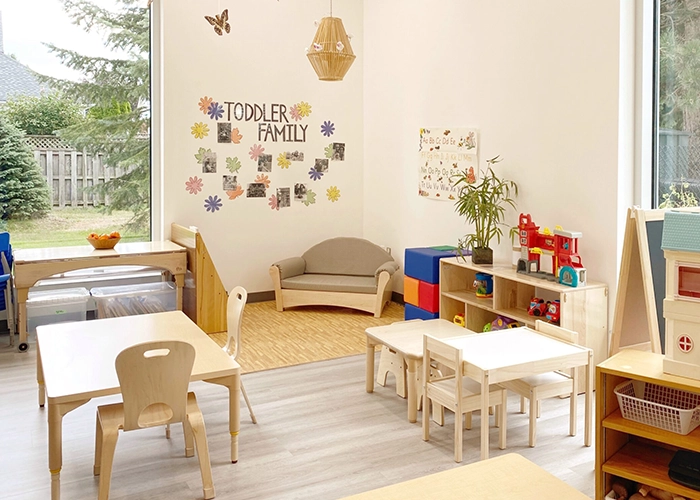
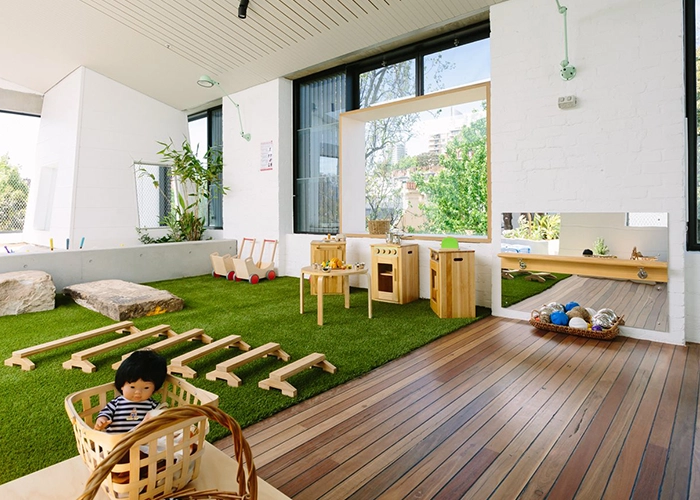
Promoting Social and Emotional Learning in the Kindergarten Classroom
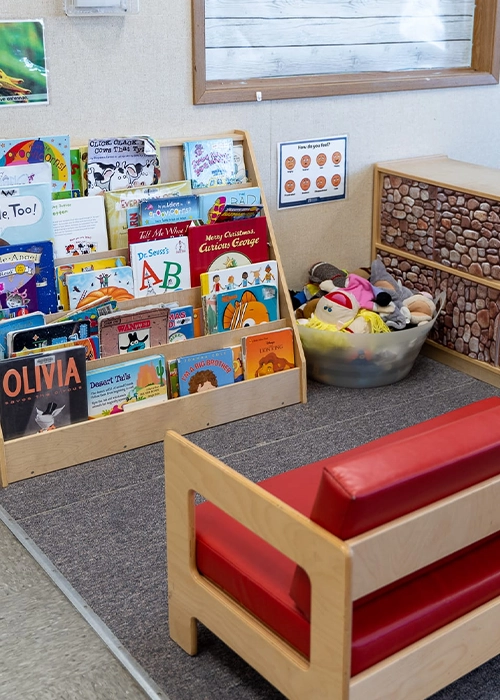
Creating Cozy Reading Nooks
Creating cozy reading nooks in the kindergarten classroom with comfortable seating and various books can encourage a love of reading and provide a quiet retreat for children who need a break from more active play. These nooks can also serve as a space for one-on-one reading sessions between teachers and students. Adding soft cushions, bean bags, and a diverse selection of age-appropriate books can make the nook inviting and engaging. Additionally, themed decorations can make the reading corner more attractive, fostering an early interest in literature.
Designing Inviting Circle Time Areas
Circle time is a staple in kindergarten classrooms, allowing children to develop social skills and participate in group discussions. Designing a dedicated circle time area with rugs or mats helps create a welcoming space where children can gather for storytelling, songs, and group activities. This space should be large enough to accommodate all students comfortably, allowing them to sit in a circle and see each other. Visual aids like charts, storyboards, and interactive elements can enhance the circle time experience, making it more engaging and educational.
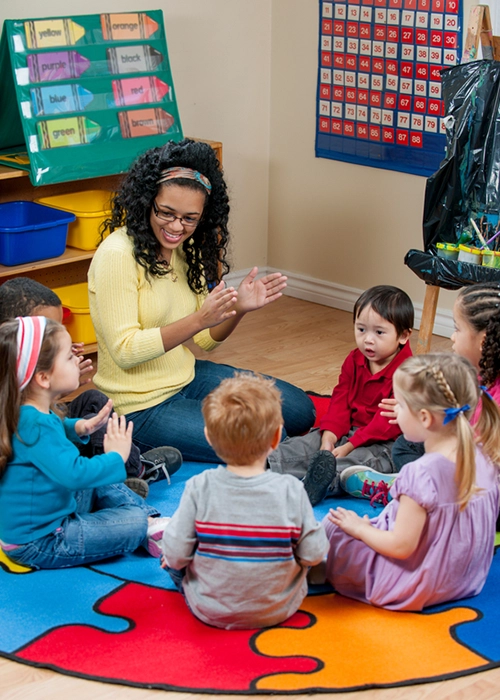
Integrating Age-Appropriate Technology
Technology, when used thoughtfully, can enhance learning in kindergarten classrooms. Age-appropriate tech tools, such as tablets with educational apps, can support interactive learning and skill development. Choosing technology that is intuitive and safe for young children is essential. For example, tablets with sturdy cases and parental controls can ensure a safe and durable learning experience. Educational apps focused on literacy, math, and creativity can provide additional resources for teachers to incorporate into their lesson plans. Interactive whiteboards can also be a valuable tool for group learning activities.
Incorporating these elements into the kindergarten classroom design enhances the learning environment and supports young children’s social and emotional development. By creating cozy reading nooks, dedicated circle time areas, and integrating age-appropriate technology, educators can provide a well-rounded and enriching experience for their students.

Promoting Inclusion and Diversity in the Kindergarten Classroom
Culturally Responsive Classroom Design
A culturally responsive kindergarten classroom design celebrates diversity and inclusivity, creating an environment where every child feels valued and respected. Incorporating multicultural materials, books, and decorations reflects the backgrounds and experiences of all students. This approach fosters a sense of belonging and encourages children to appreciate different cultures. For example, displaying art from various cultures, using books representing diverse characters and stories, and incorporating music and traditions worldwide can make the kindergarten classroom more inclusive and engaging.
Including family photos and community maps can also help children see their personal experiences reflected in the classroom. Teachers can plan lessons that explore different cultural holidays and traditions, promoting understanding and respect among students.
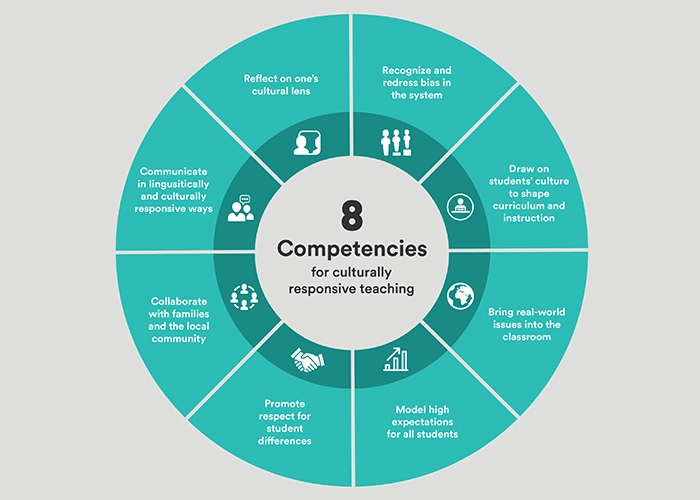
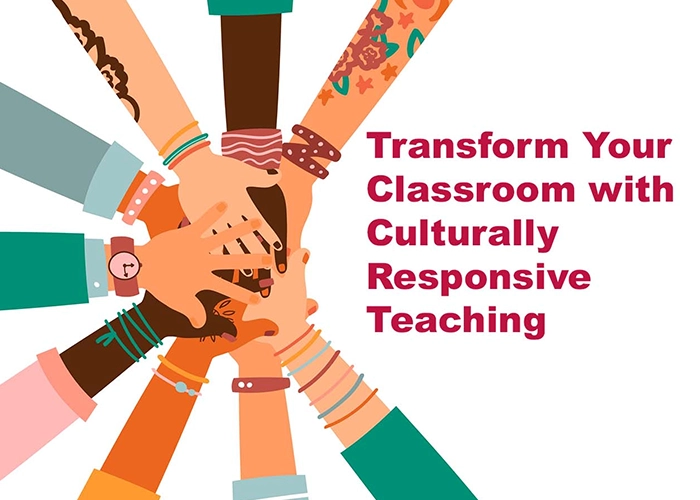
Supporting Special Needs Students
Designing a kindergarten classroom that supports special needs students involves creating an inclusive environment where all children can thrive. This might include providing sensory-friendly areas, adaptive furniture, and visual aids. Sensory-friendly areas with soft lighting, calming colors, and quiet spaces can help children who might feel overwhelmed by the typical classroom environment. Adaptive furniture, such as adjustable tables and chairs, ensures that every student is comfortable and can participate fully in activities.
Collaborating with specialists, such as occupational therapists and special education teachers, is crucial for meeting the unique needs of each student. Using individualized education plans (IEPs) allows teachers to tailor their instruction and classroom setup to support the learning and development of special needs students. Visual aids like picture schedules and communication boards can help children with different learning styles understand routines and expectations.
By promoting inclusion and diversity through culturally responsive design and support for special needs students, kindergarten classrooms can become nurturing environments where all children feel accepted and empowered to learn. These strategies not only benefit individual students but also enrich the classroom community as a whole.
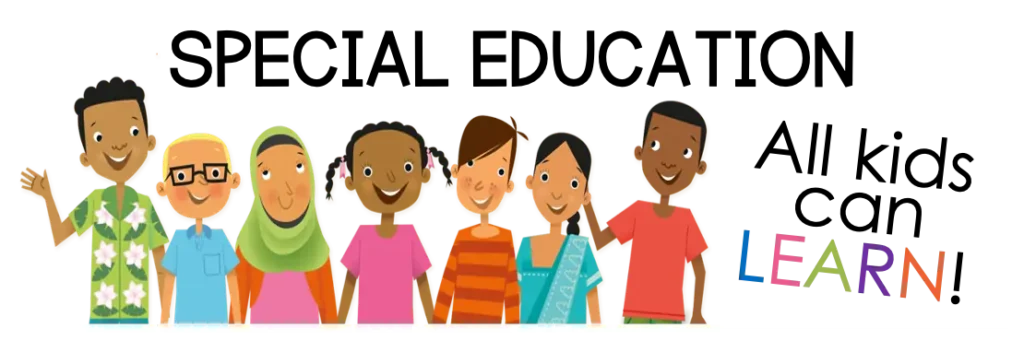
Enhancing Outdoor Learning Spaces in the Kindergarten Classroom
Designing Safe Outdoor Areas
Outdoor learning spaces provide children with invaluable opportunities for physical activity and exploration. Designing safe outdoor areas in the kindergarten classroom involves installing age-appropriate playground equipment, secure fencing, and shaded areas. Ensuring the playground equipment is suitable for young children helps prevent injuries and encourages safe play. Secure fencing keeps the outdoor area safe from external dangers, and shaded areas protect children from sun exposure, making the space usable throughout the day.
Incorporating natural elements like sand, water, and plants can significantly enhance the outdoor learning experience. Sandpits for digging, water tables for sensory play, and garden beds for planting can make the outdoor space educational and enjoyable. These elements provide hands-on learning opportunities that connect children with nature and promote physical and cognitive development.
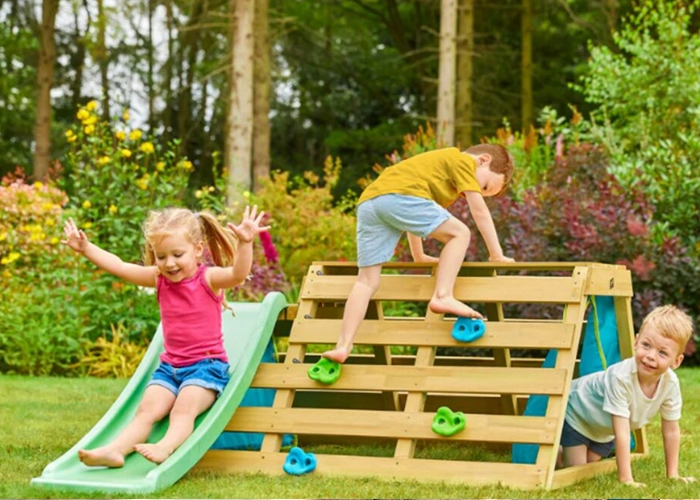
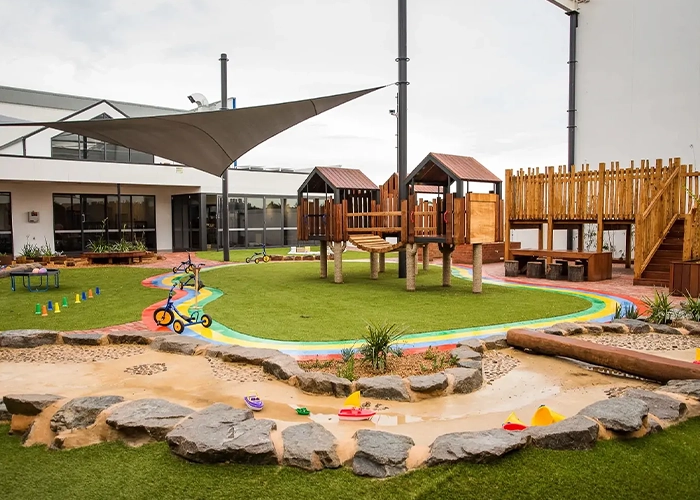
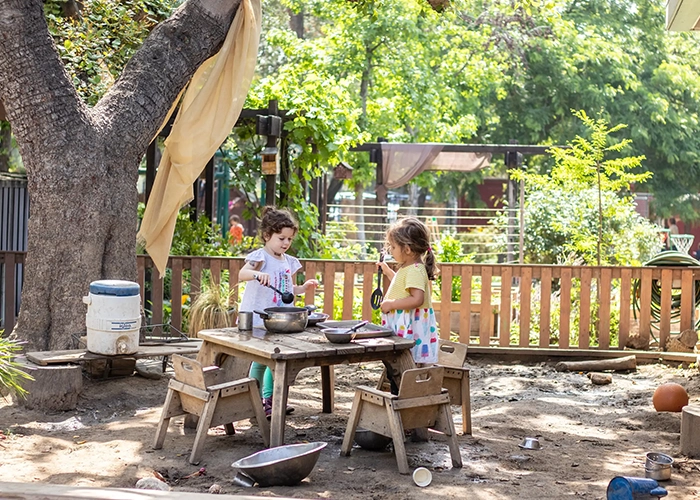
Incorporating Nature into Learning
Bringing elements of nature into the kindergarten classroom creates a calming and engaging environment. Nature-based activities, such as gardening projects, nature walks, and outdoor science experiments, help children develop an appreciation for the natural world. These activities can also support lessons in various subjects, including science, math, and art. For example, gardening projects teach children about plant life cycles, counting, and measuring, while nature walks can be used to explore local ecosystems and habitats.
Incorporating natural materials like leaves, rocks, and flowers into art projects can inspire creativity and help children learn about textures, colors, and natural patterns. Outdoor science experiments like observing weather changes or studying insects make learning interactive and fun, encouraging curiosity and critical thinking.
Educators can create a dynamic learning environment that supports children’s physical, emotional, and intellectual growth by designing safe outdoor areas and incorporating nature into the kindergarten classroom. These strategies provide children with unique learning experiences that foster a love for nature and encourage active exploration.
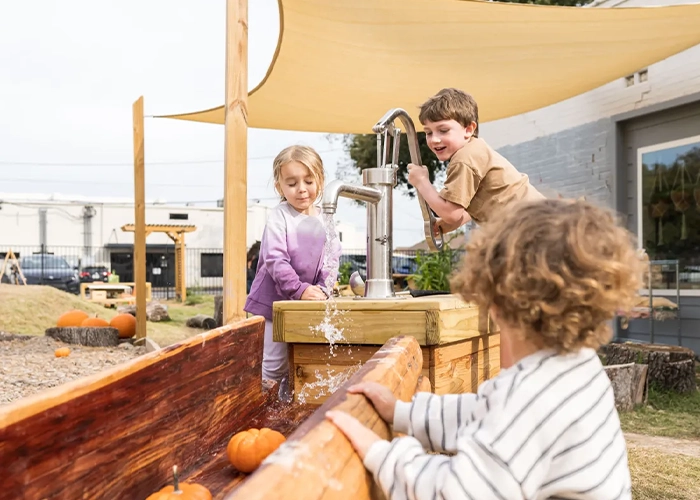
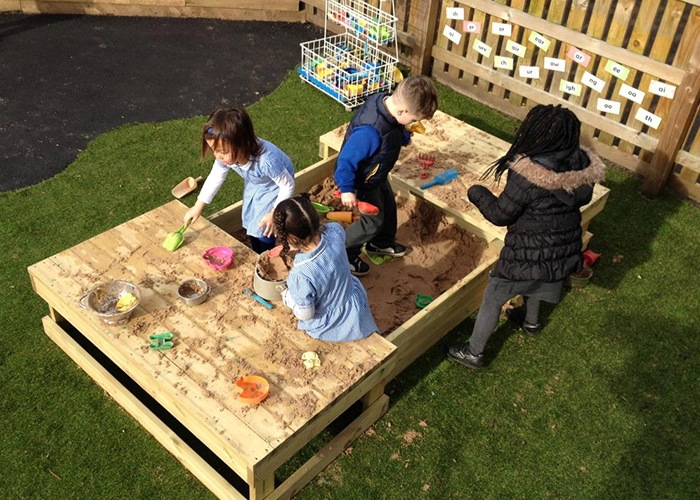
Effective kindergarten classroom design is a multifaceted process that requires careful consideration of safety, accessibility, and engagement. By incorporating best practices, educators can create a learning environment that supports children’s academic, social, and emotional development. A well-designed classroom fosters creativity, collaboration, and a love of learning, setting the foundation for a successful educational journey.

